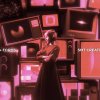From Matchbooks To Masterworks
Czech Designer Pavel Fuksa’s Vibrant Illustrations Blend Prague’s Past With Its Future
January 4, 2024
By Will Novosedlik
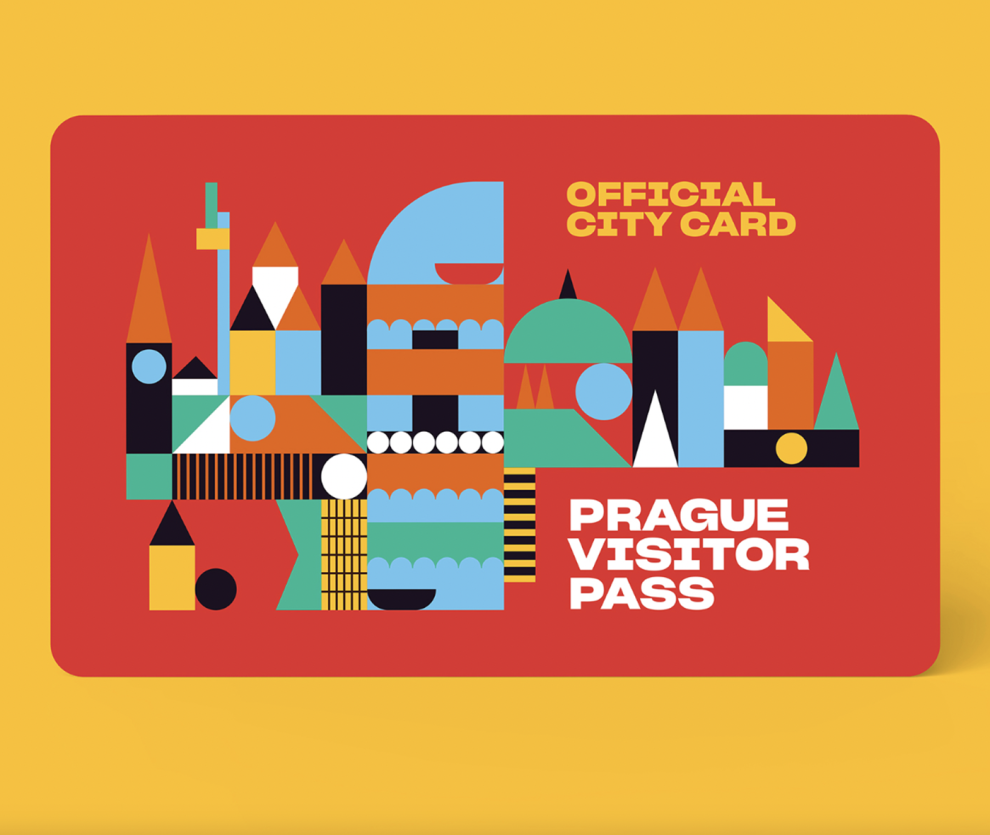
Prague tourist transit pass, ©Pavel Fuksa 2023. These geometric forms are very reminiscent of Ladislav Sutnar’s designs for children’s building blocks (below) from 100 years ago.
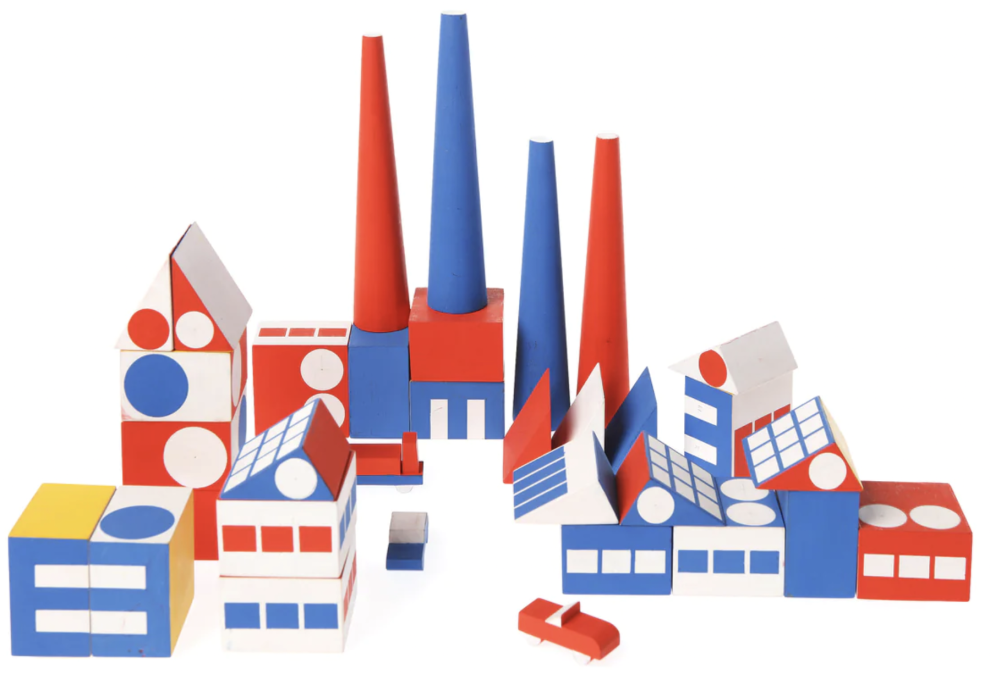
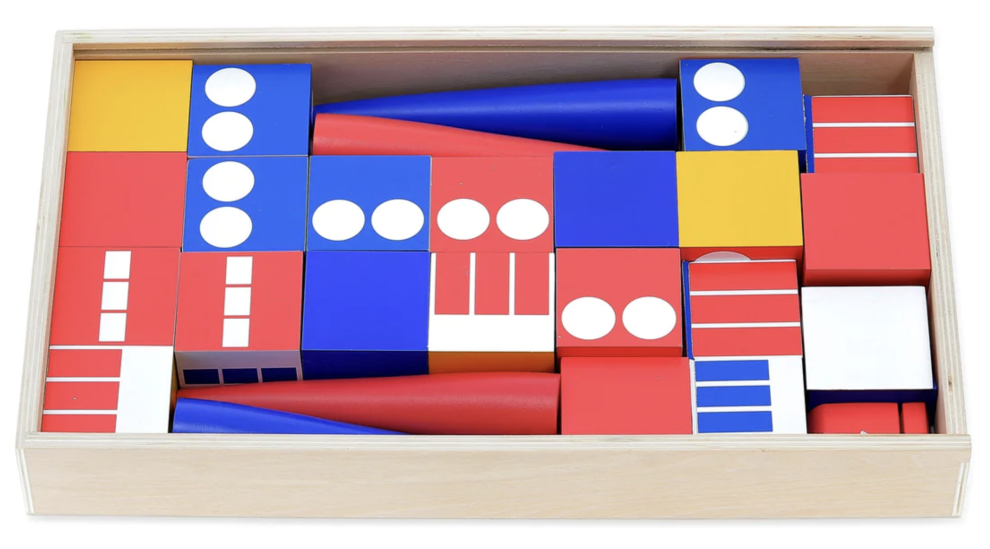
Twenty years ago, I had the great good fortune of working in Prague. I had visited the storied capital once before, in 1971, as a student backpacking through Europe. That was 3 years after the Russian invasion of 1968, an event which stirred my 16-year-old soul and ignited in me for the first time a strong emotional connection to the country from which my grandparents had emigrated back in the 1920s.
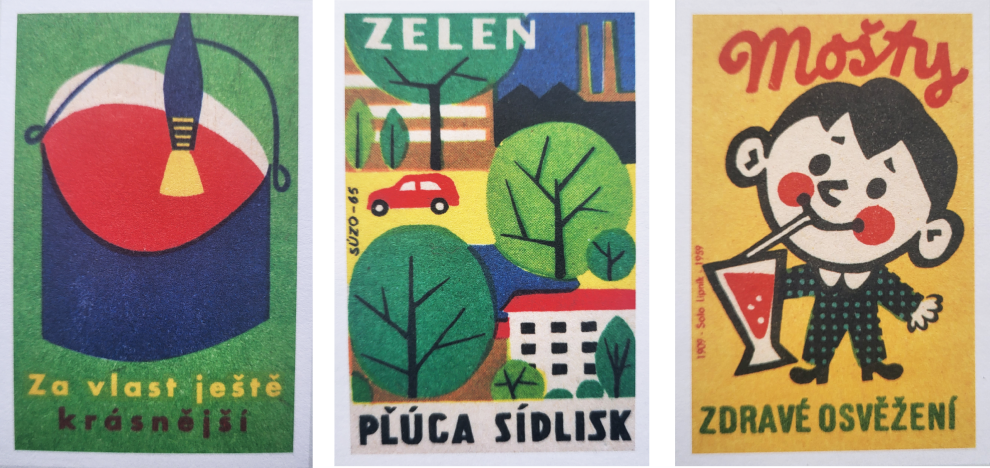
Matchbook covers from Soviet-era Czechoslovakia. Left to right: “For an even more beautiful country”; “Trees are the lungs of our towns”; and “Drink juice for better health”.
The Prague of 1971, then firmly in the grip of the most oppressive communist regime of the Eastern Bloc, was a dour, dismal place, covered in a greasy layer of coal dust that turned everything gunmetal grey, from the pavement to the rooftops. The streets were sparsely populated, patrolled by police and soldiers who frequently stopped tourists, demanding to see their ‘papers’. It was like being in a kind of film noir, except it was real. I was happy to leave.
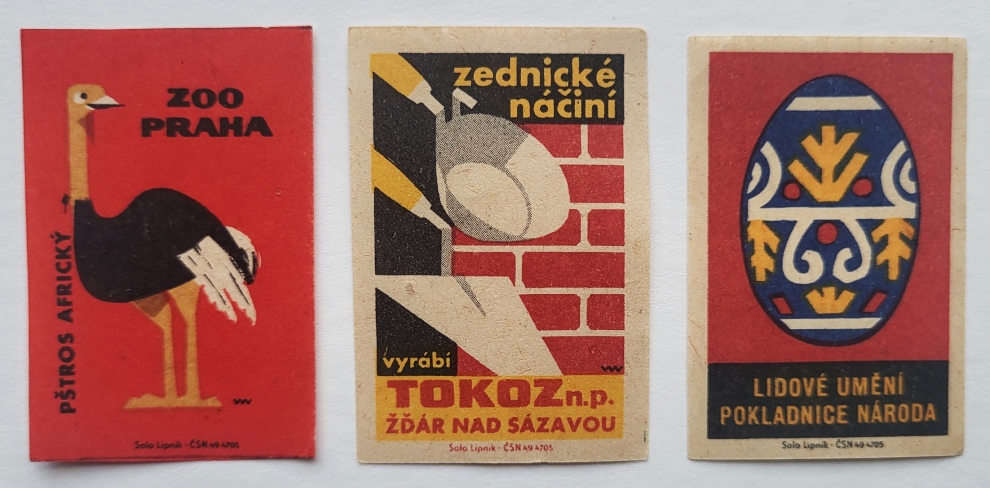
Cheap printing and limited budgets kept matchbook designs simple and flat.
After returning to Canada, memories of Prague faded over the years, then were briefly aroused again when the wall fell in 1989 and Vaclav Havel – still my favourite political leader of all time – took the reins of a newly democratic Czechoslovakia.
So when in 2003 the opportunity crossed my desk to work in a branding capacity for a Canadian-owned Czech mobile operator named Oskar, I jumped at it, leaving an enviable full time role at Canada’s leading indie ad shop TAXI for a contract that had no guarantee of lasting more than 3 months. As it turned out, Oskar extended my contract for another 21 months. It was the best gig I ever had.
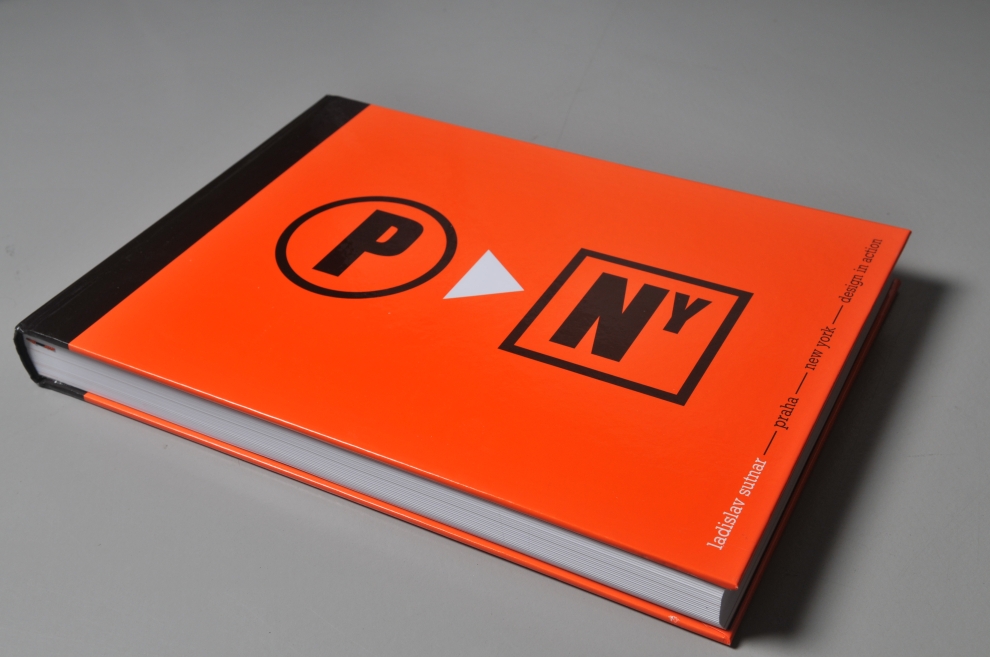
One of my most prized possessions, the catalogue for the exhibit Ladislav Sutnar – Prague – New York – Design in Action. A masterful design by Studio Machek & Babak, one of the CZ’s pre-eminent design firms. The English version was introduced by Steven Heller.
While living in Prague I decided to poke around the design scene, both from an historical and contemporary perspective. I discovered the Czech Republic has a long and rich tradition of design, photography and illustration. By sheer coincidence, within a week of my arrival the city had mounted a retrospective of the work of Czech expat Ladislav Sutnar, a designer with whom I was made familiar by having read Roger Remington and Barbara Hodik’s very informative Nine Pioneers in American Graphic Design (1989). The exhibit was called Ladislav Sutnar – Prague – New York – Design in Action, covering his career in both cities. I was absolutely thrilled.
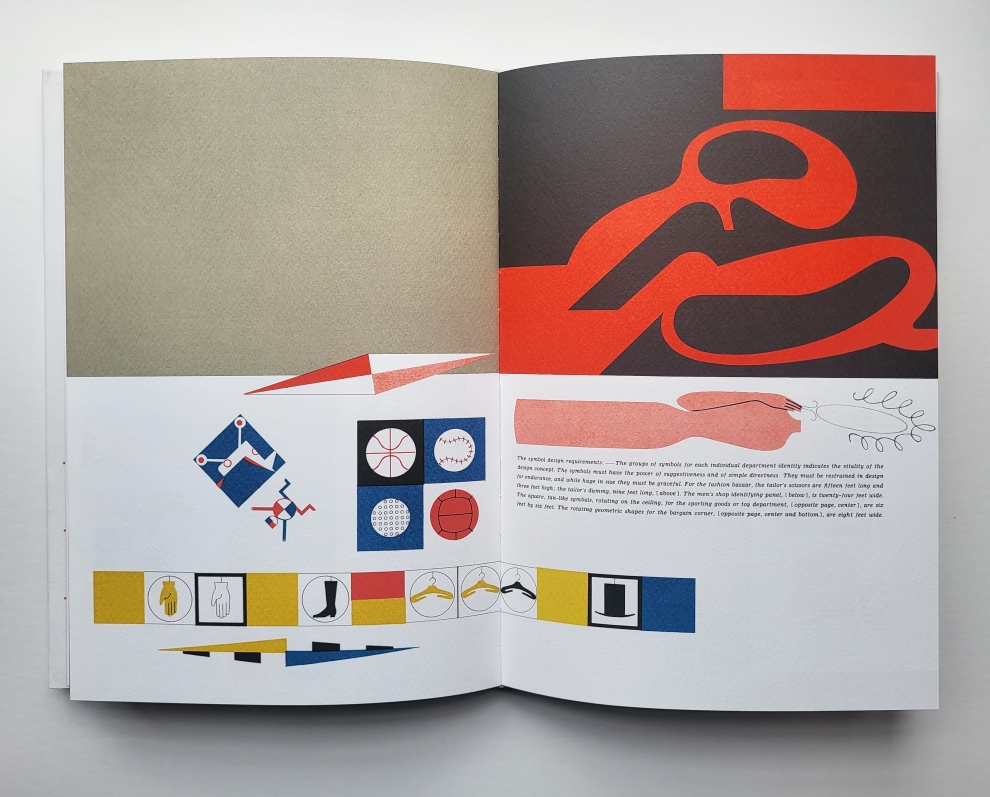
Another prized possession. Spread from Ladislav Sutnar’s book Design in Action, originally published in 1961, reprinted and published by Lars Muller, edited by Reto Caduff and Steven Heller. The facsimile is accompanied by a slim companion document with an essay by Steven Heller.
One of my favourite pastimes was to visit used book stores. Not only were they full of old books, but were also great repositories of Soviet-era graphic ephemera, things like matchbook covers, postage stamps and ex libris imprints. Matchbook covers were of particular interest, because they were used as an advertising medium in a country where advertising didn’t really exist. These things were like tiny billboards, mostly used as a platform for various types of prosaic public service messages like ‘drink milk’ or ‘clean up after your pet’. They were very crudely and cheaply printed, with poor registration, flat graphics, and very simple illustrations.
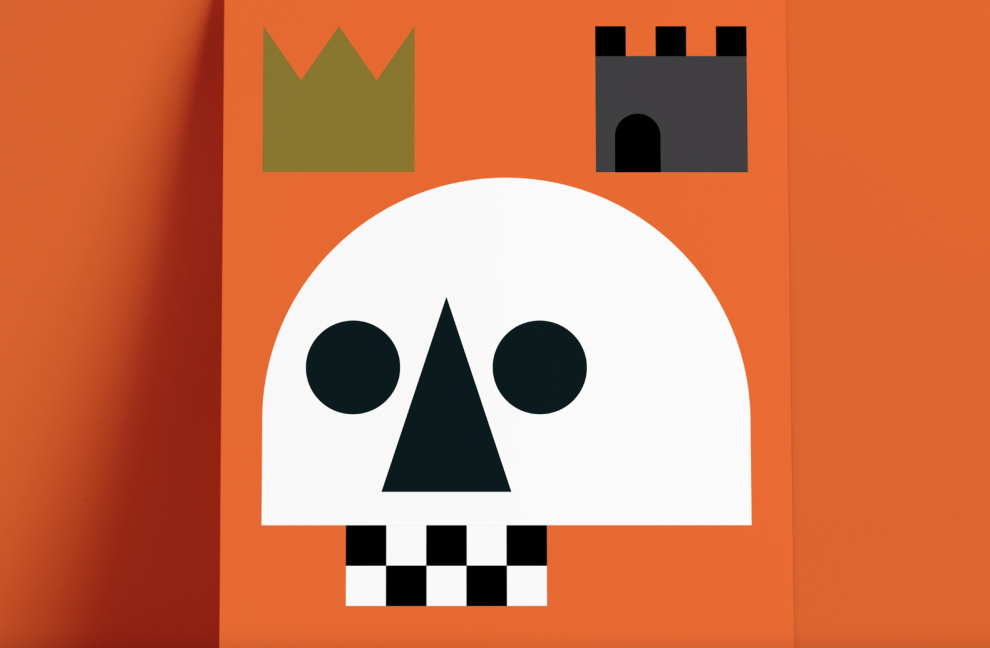

Images promoting the staging of Antonin Dvořak’s opera Rusalka at the Teatro di Milano, ©Pavel Fuksa 2023.
Fast forward to the Prague of today and you will find the work of Pavel Fuksa. According to the website of his UK representatives at NB Illustration, Pavel is a designer and illustrator who’s worked for Barack Obama, Microsoft, ESPN, Google, American Express, Fortune 500, Twitter, Facebook, VEVO, Greenpeace, Mercedes, Budweiser, Intel.

The flat geometric graphics found in early Czech modernist work by designers such as Ladislav Sutnar is reflected in this image created by Pavel Fuksa. Fuksa takes it to a much richer, more complex level. ©Pavel Fuksa 2023
He was listed amongst 20 Best Young Graphic Designers by Computer Arts as well as amongst 200 World’s Best Illustrators by Lürzer’s Archive. He currently works as a Creative Director in Labstore-Young & Rubicam Prague as well as a freelance illustrator and graphic designer for variety of brands and bands.
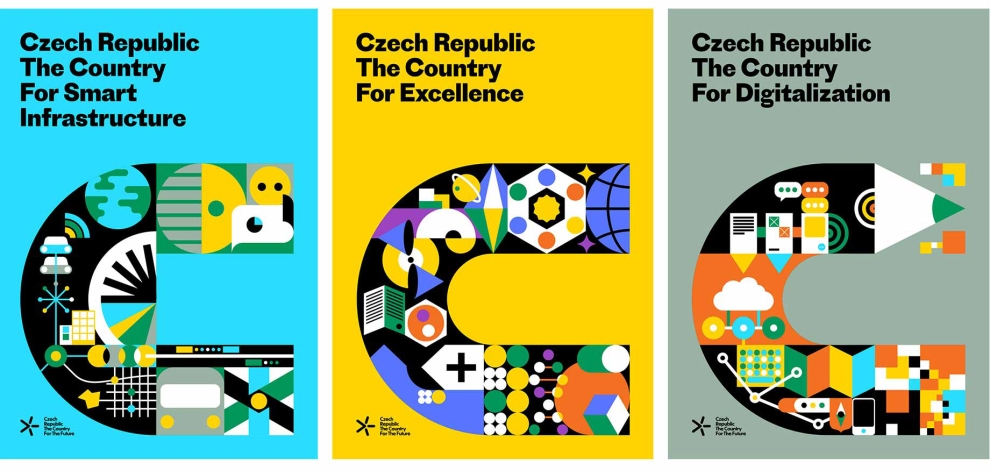 Images promoting the Czech Republic, ©Pavel Fuksa 2023
Images promoting the Czech Republic, ©Pavel Fuksa 2023
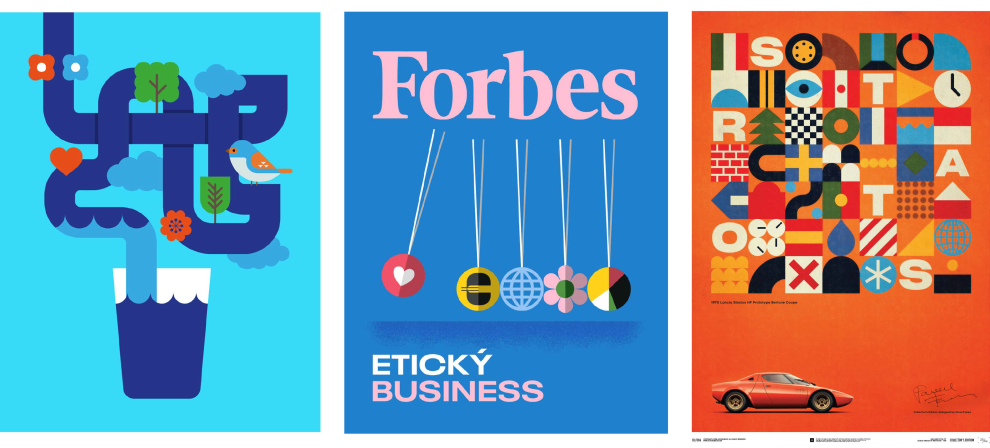
Looking at Fuksa’s illustrations, it’s plain to see he has taken the flat, graphic simplicity of early Czech modernism and Soviet-era ephemera to a whole new level. The forms are simple but the patterns are complex. While the chromatic quality of traditional matchbooks was enfeebled by cheap printing, Fuksa’ vibrant colour palette is unbound by such limitations.
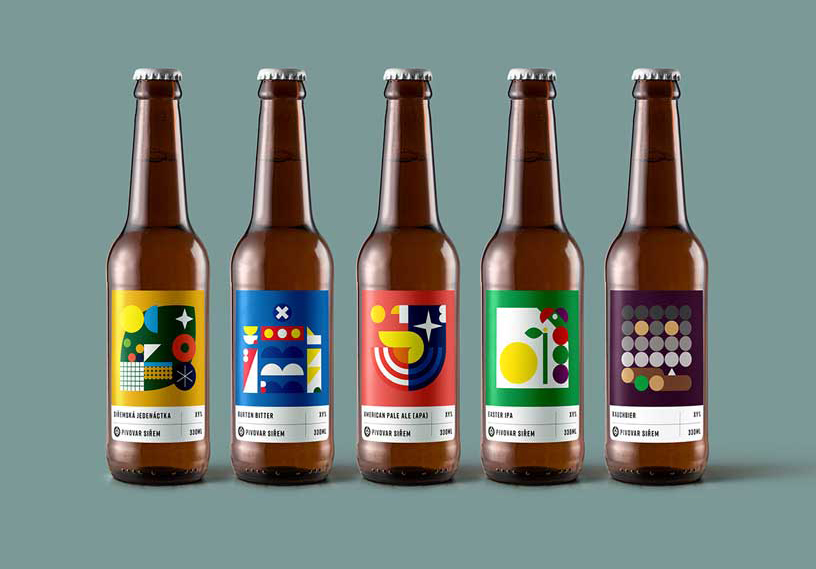
The Czechs drink more beer per capita than any other people in the world. Here, Fuksa adds his vibrant imprimatur to the national pastime. ©Pavel Fuksa 2023
Looking at this work not only evokes warm memories of time spent in the thousand-year-old city but also reconnects this writer to an historical continuum that reaches all the way back to the early days of Czech modernism. Though that was a hundred years ago, the distance between then and now is erased by a love of great design entangled with the intimacy of personal, family and professional history.
As the great American author William Faulkner once said, “History is not was, but is”. Fuksa’s work reminds us that there is no escaping it.
Will Novosedlik is a designer, writer, long-time contributor and editor of Applied Arts magazine. He is known for a critical perspective on the cultural and socio-economic impact of design, brand, business and innovation.


